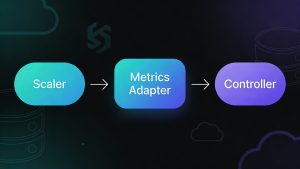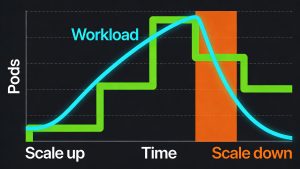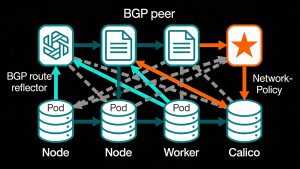In the ever-evolving world of web development, creating practical applications is an excellent way to solidify one’s understanding of new technologies. This article explores the process of building a Trello-like application using React Hooks and GraphQL, two powerful tools in modern web development.
The Importance of Practical Learning
Learning by doing is a cornerstone of effective education in software development. By tackling a project that mimics a popular application like Trello, developers can gain hands-on experience with complex concepts such as nested drag-and-drop functionality and real-time updates using web sockets.
Backend Development
Setting Up the GraphQL Server
The backend of this Trello clone is built using a GraphQL server. The project utilizes several key dependencies:
- apollo-server-express
- express
- mongoose
- lodash
These tools work together to create a robust backend that can handle the complex operations required by a Trello-like application.
Defining the Data Model
The application revolves around two main entities:
- Section: Contains all the cards and represents a column in the Trello board.
- Card: Holds task details and belongs to a specific section.
GraphQL Schema and Resolvers
The GraphQL schema defines the structure of the data and the operations that can be performed. It includes types for Section and Card, as well as Query and Mutation types for fetching and modifying data.Resolvers are implemented to handle these operations, connecting the GraphQL schema to the underlying database operations.
Database Integration
MongoDB is used as the database, with Mongoose serving as the ODM (Object Document Mapper). This setup allows for efficient storage and retrieval of the application’s data.
Frontend Development
React and Apollo Client Setup
The frontend is built using React, with Apollo Client handling the GraphQL operations. This combination allows for seamless integration between the React components and the GraphQL backend.
Key Components
Board Component
The Board component serves as the main container for the Trello-like interface. It manages the overall state of the board and handles the addition of new sections.
Card Container
This component represents individual columns on the board, containing cards and managing their state within each section.
Implementing Drag and Drop
One of the core features of a Trello-like application is the ability to drag and drop cards and sections. This functionality is implemented using the react-smooth-dnd library, which provides a smooth and intuitive drag-and-drop experience.
Position Calculation Algorithm
A crucial aspect of the drag-and-drop functionality is calculating the new position of items when they are moved. The application implements a clever algorithm that assigns position values to items, allowing for easy reordering without the need to update the position of every item on the board.
GraphQL Operations
Queries
Queries are used to fetch data from the server, such as retrieving all sections and their associated cards.
Mutations
Mutations handle data modifications, such as adding new sections or cards, and updating their positions when dragged.
Subscriptions
GraphQL subscriptions are implemented to provide real-time updates. When changes occur on the server, such as a new section being added, the frontend is immediately notified and can update accordingly.
Conclusion
Building a Trello clone using React Hooks and GraphQL provides an excellent opportunity to work with cutting-edge web technologies. This project demonstrates the power of combining a flexible frontend framework like React with a robust and efficient data layer provided by GraphQL.By tackling this project, developers can gain valuable experience in:
- Implementing complex UI interactions
- Managing state in a React application
- Working with GraphQL for data fetching and manipulation
- Implementing real-time features using GraphQL subscriptions
This hands-on approach to learning not only reinforces theoretical knowledge but also prepares developers for real-world challenges they may face in their careers.
Read more such articles from our Newsletter here.



